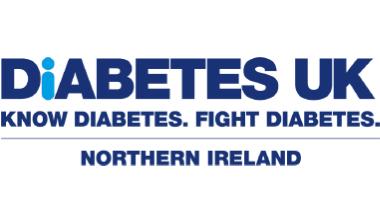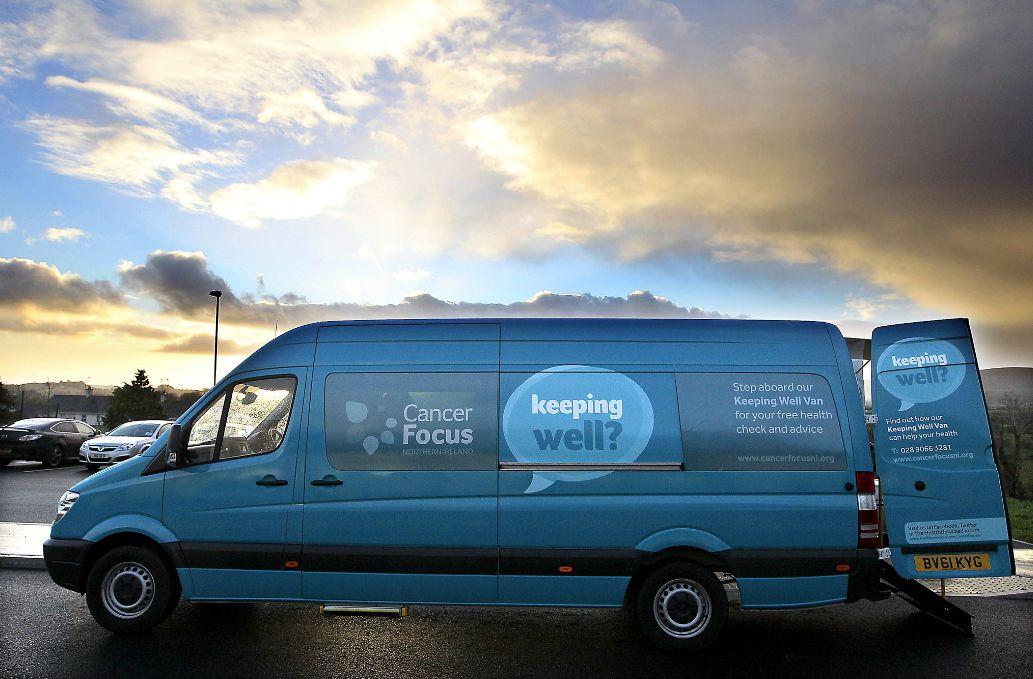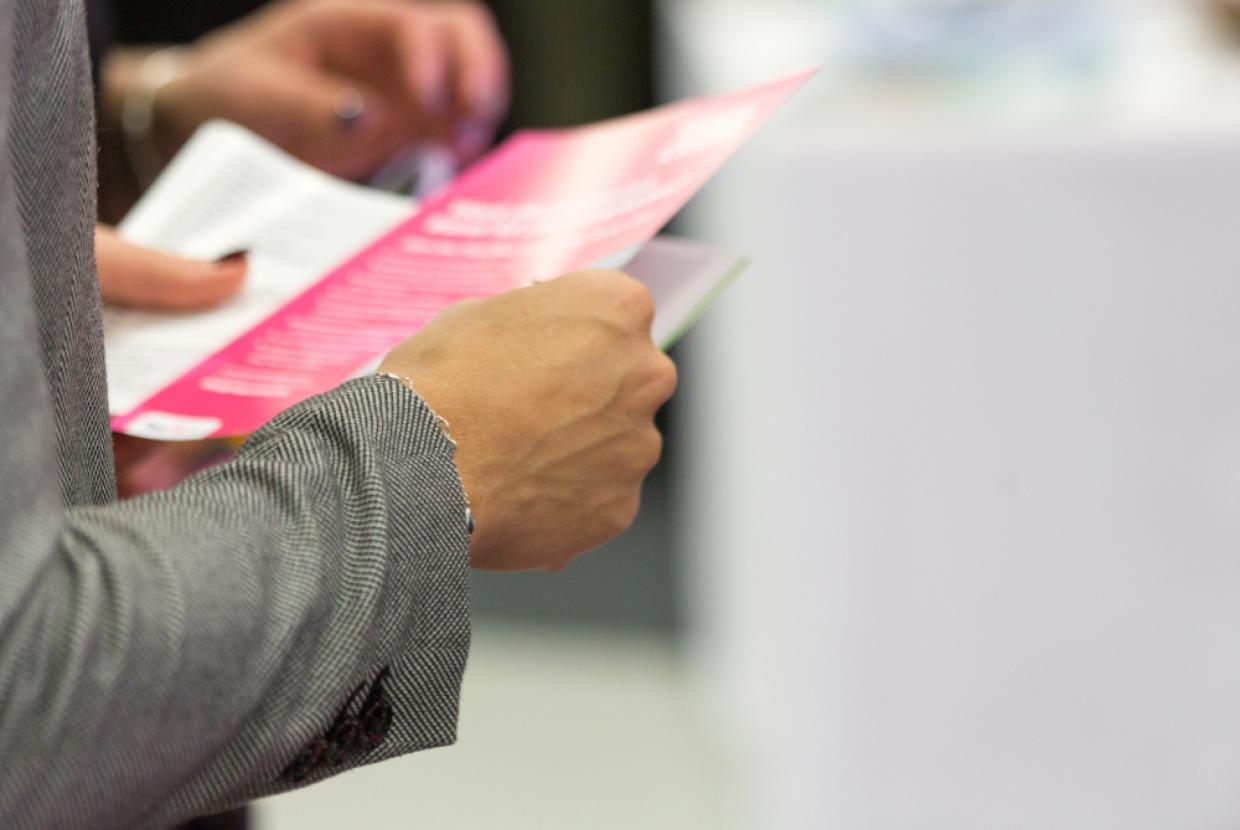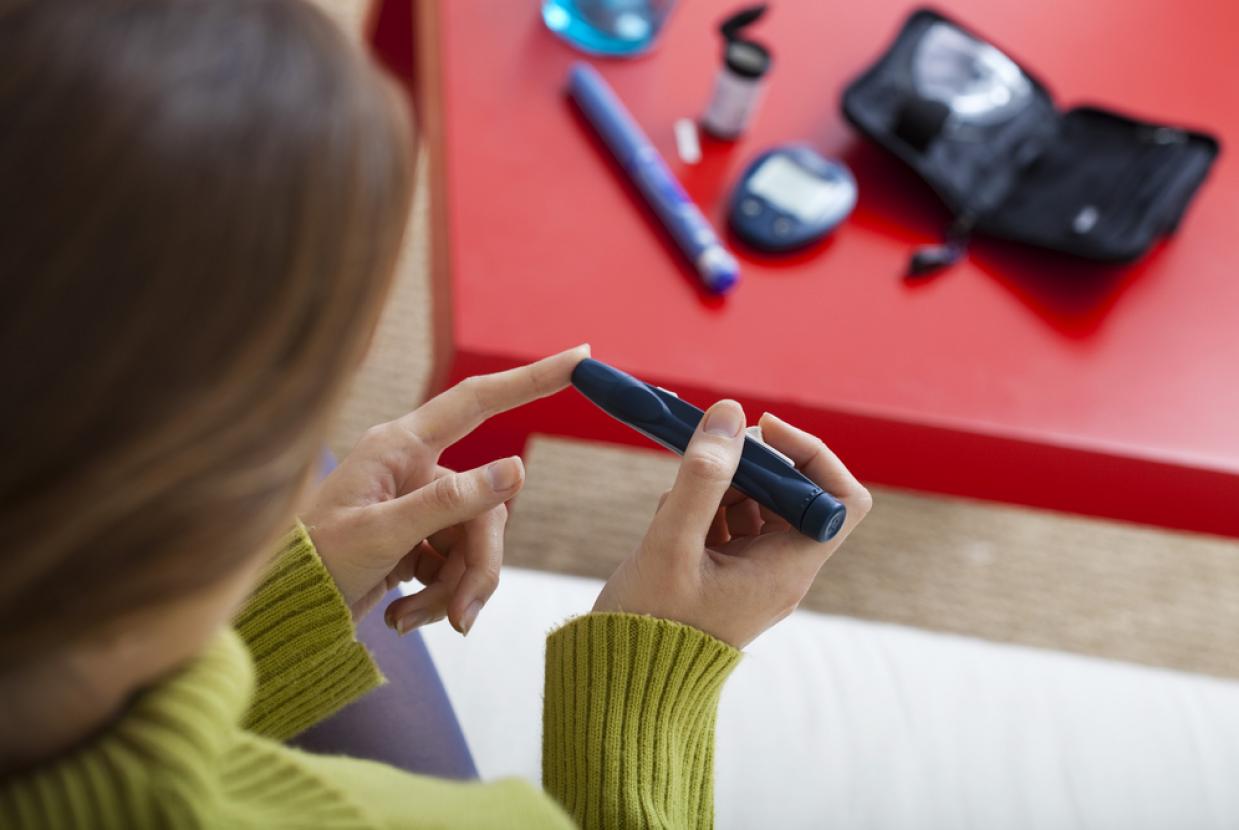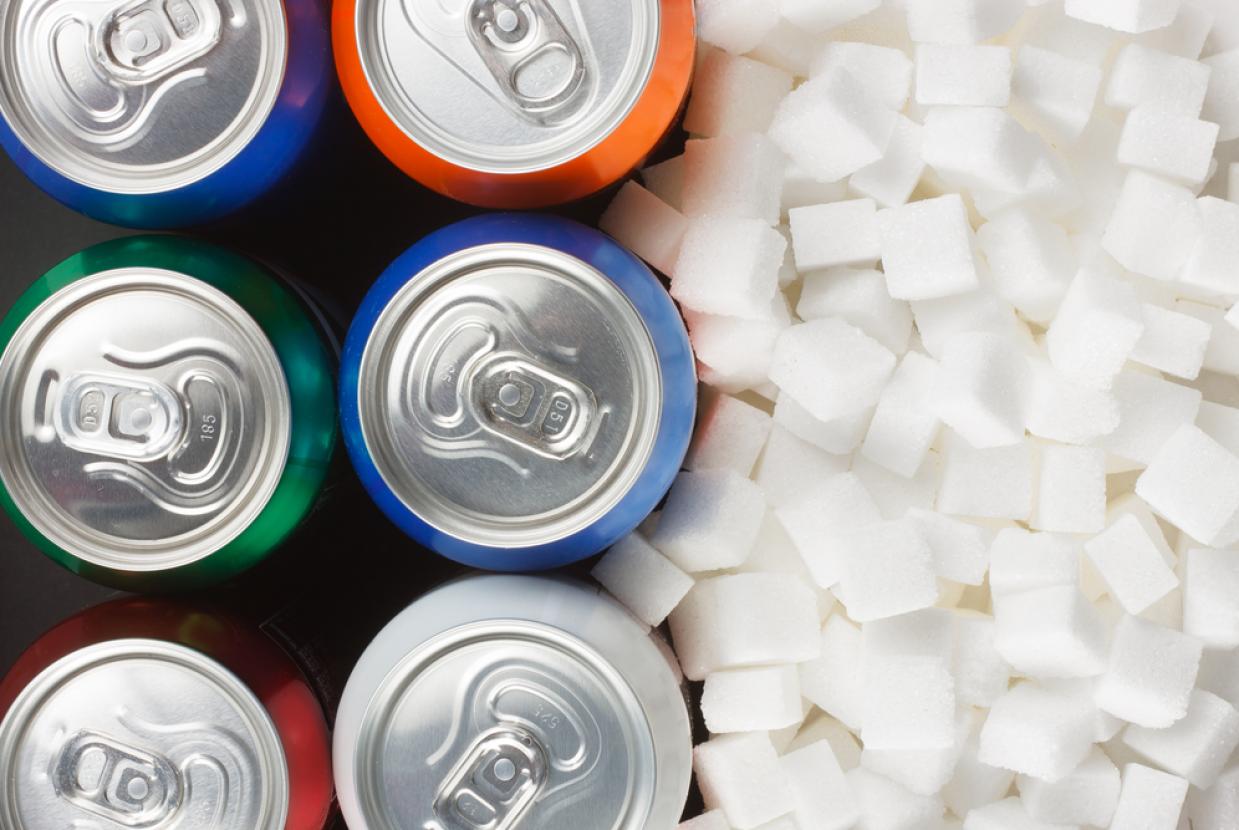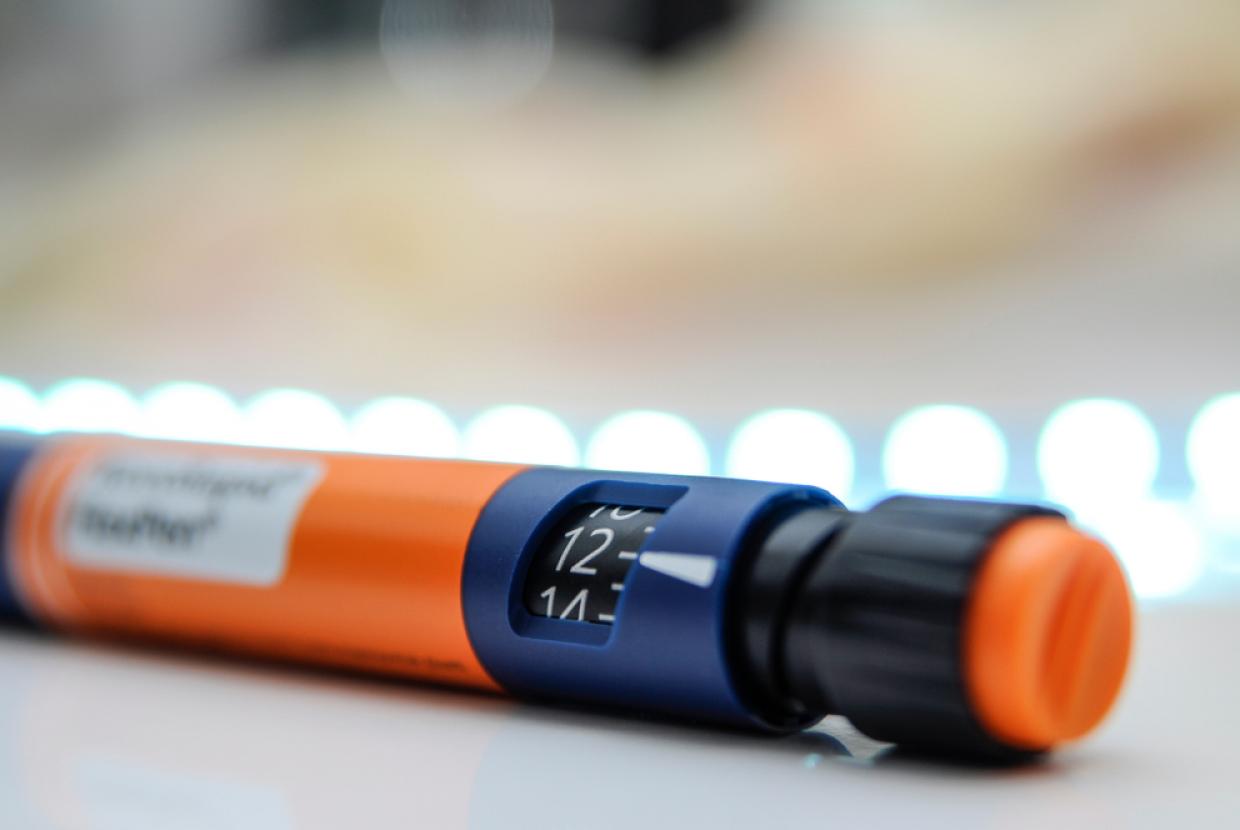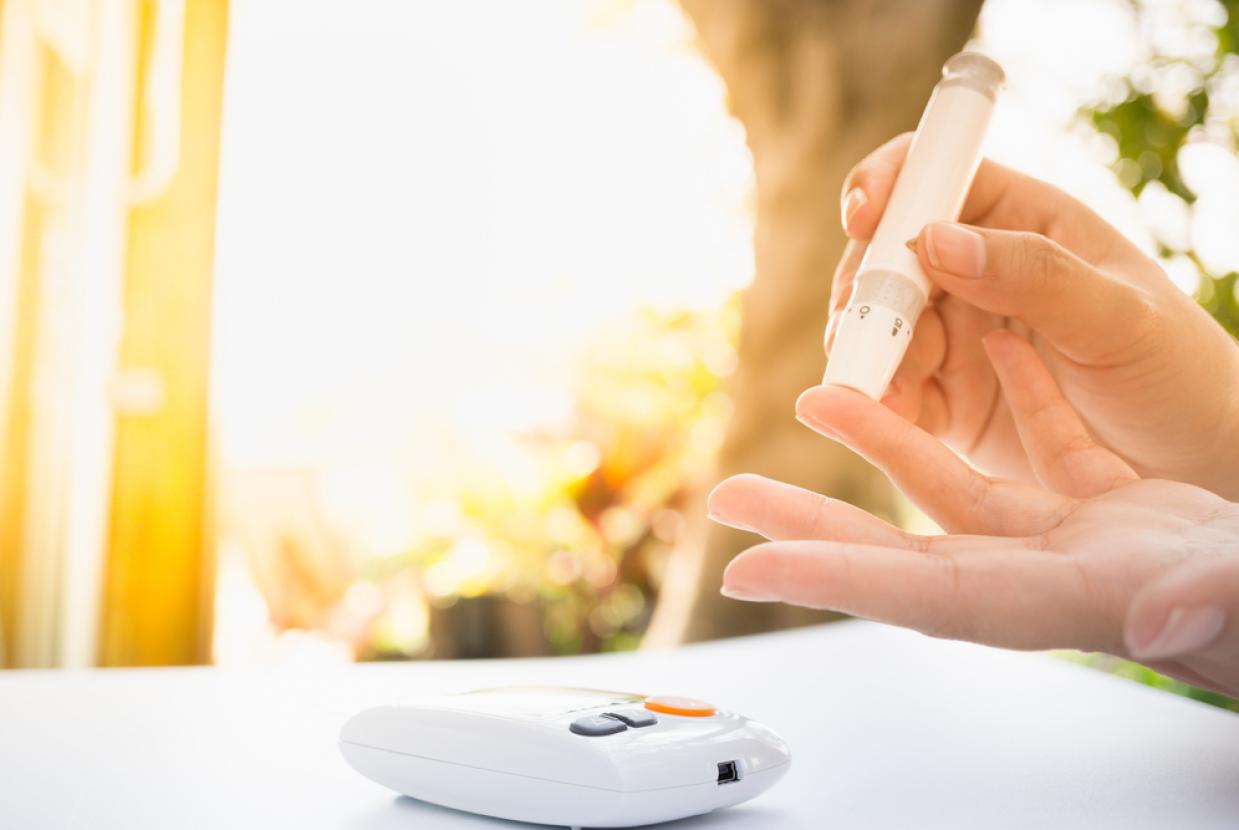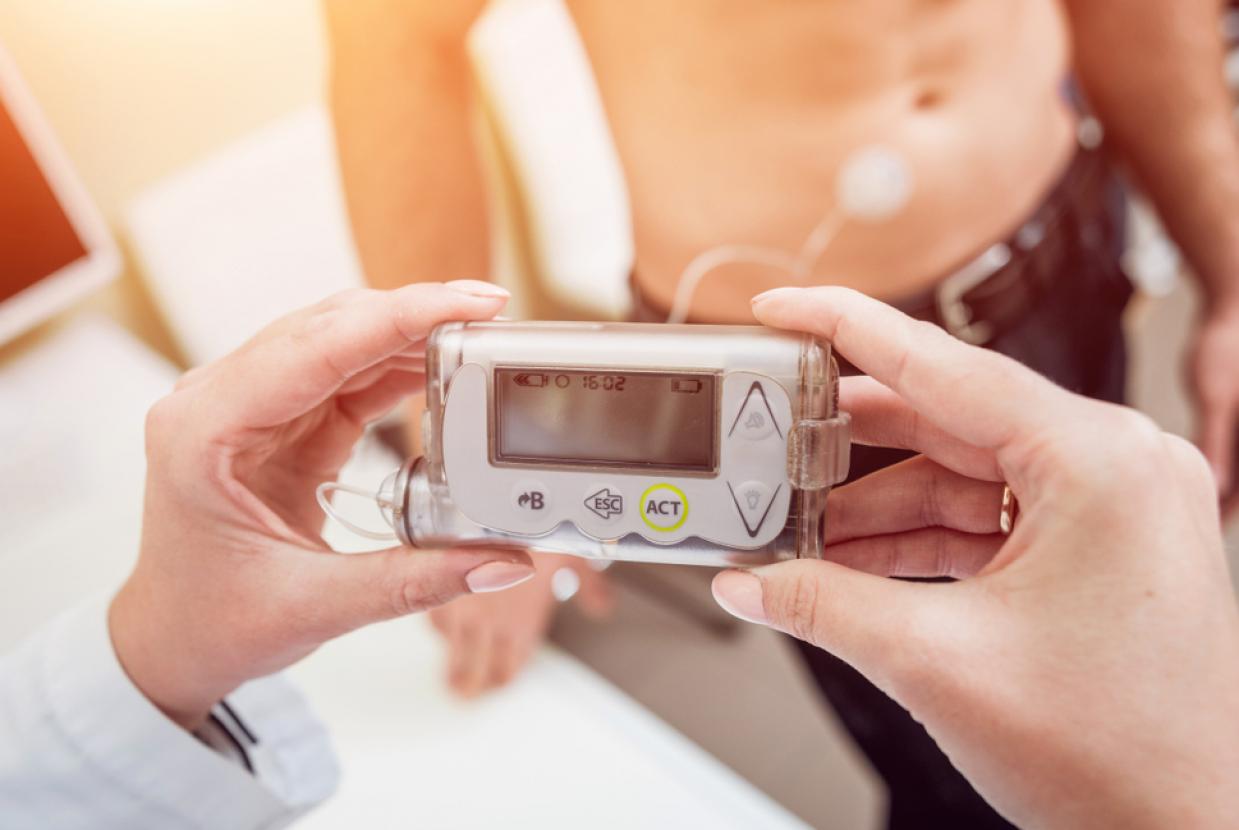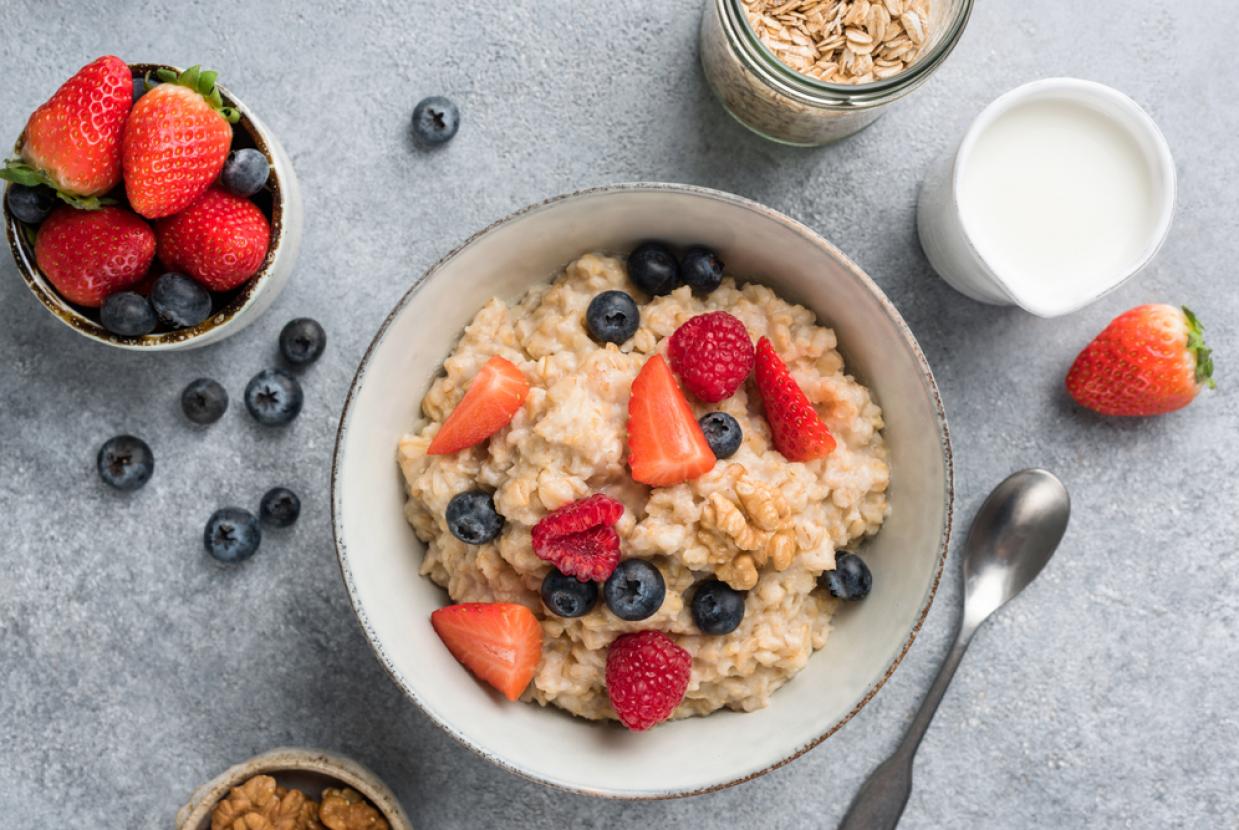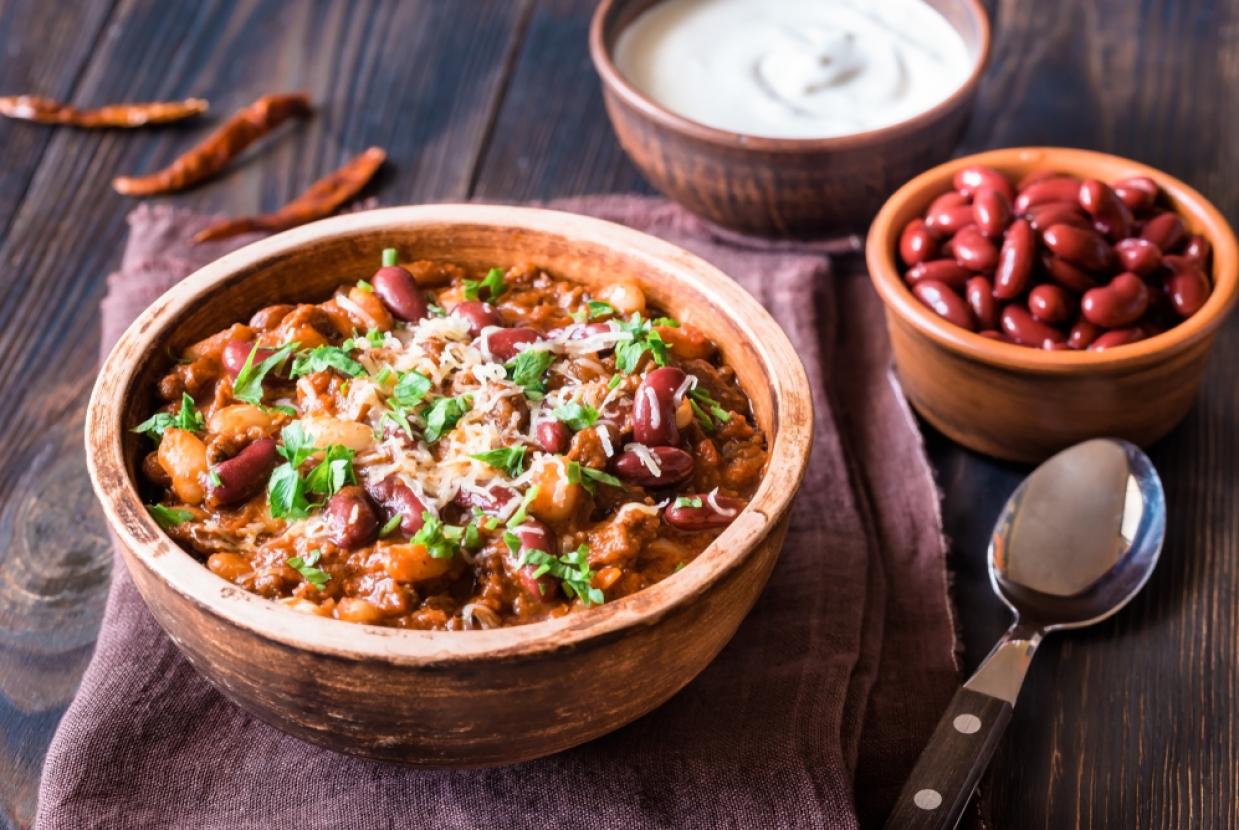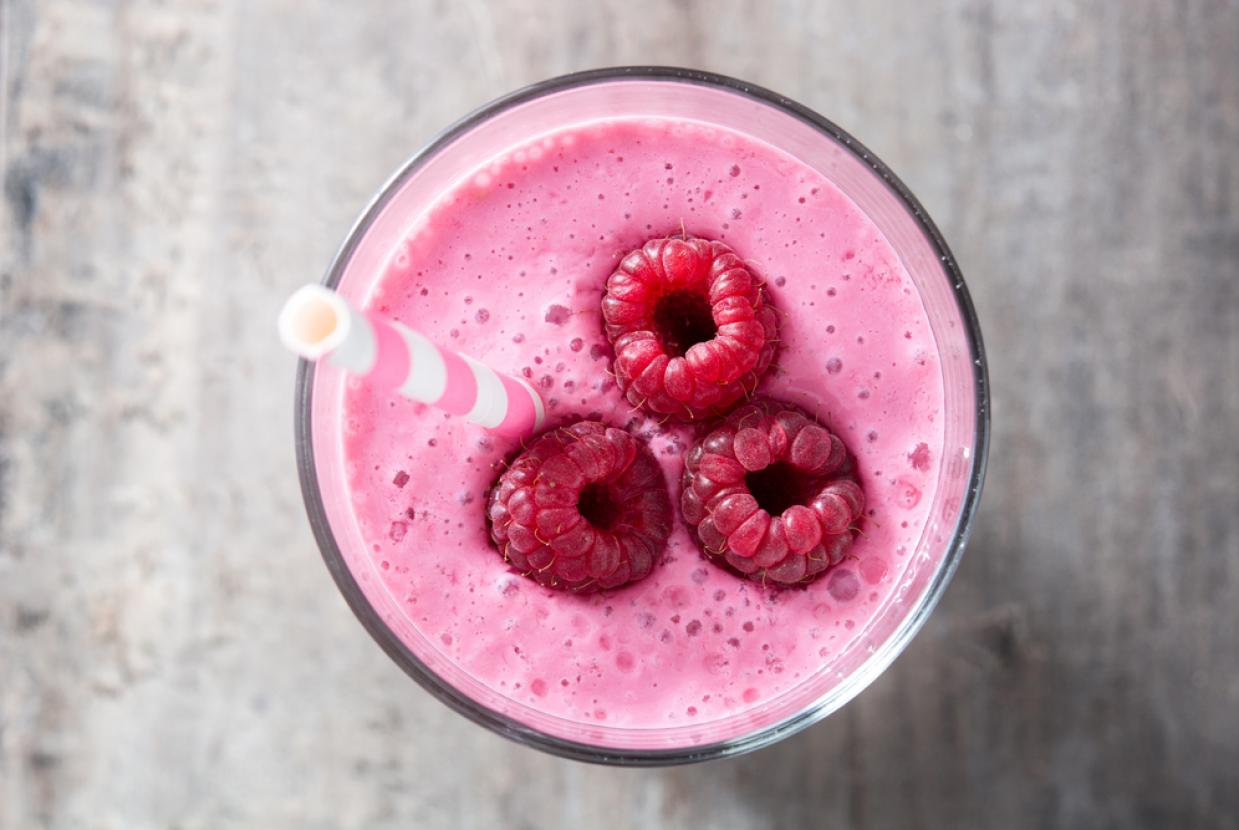Differences between type 1 and type 2 diabetes
There are differences in the causes, onset of symptoms and treatment of type 1 diabetes and type 2 diabetes. If you have type 1 or type 2 diabetes, it means there's too much glucose (a type of sugar) in your blood due to a problem with the hormone insulin. Both are serious conditions that can lead to serious health complications.
When you've got type 1 diabetes, your body cannot make any insulin at all. The insulin-producing cells have been attacked and destroyed by your immune system. This is why type 1 diabetes is known as an autoimmune condition.
Type 2 diabetes isn’t an autoimmune condition. Your body isn’t making enough insulin or what it makes isn’t working properly. This can be for many reasons.
Type 1 diabetes affects 8% of people living with diabetes and type 2 diabetes affects 90% of people living with diabetes. There are also lots of other types of diabetes.
Whatever type of diabetes you have, you need the information, treatment and support to help you manage it.
Type 1 vs type 2 diabetes differences
Below is a guide to some of the main differences between type 1 and type 2 diabetes.
| Type 1 | Type 2 |
|---|---|---|
Causes |
|
|
Risk factors |
|
|
Symptoms |
|
|
Management |
|
|
Cure and Prevention |
|
|
There is still a lot we don’t know about risk factors for type 1 and type 2 diabetes and we’re funding research into it.We know that family history and genes can put you at a slightly higher risk of type 1 diabetes. But can put you at a higher risk for developing type 2 diabetes.
Unlike type 1 diabetes, we know there are also other risk factors for developing type 2 diabetes.
Type 1
Although it’s often diagnosed in childhood, people can develop type 1 diabetes at any age. You’re more likely to be diagnosed with it if you’re under 40.
Type 2
Unlike type 1 diabetes, your risk of developing type 2 diabetes increases with your age. And unlike type 1 diabetes, your ethnicity can increase your risk.
You’re more at risk of developing type 2 diabetes if you’re white and over 40 or over 25 if you’re African-Caribbean, Black African, Chinese or South Asian.
We also know type 2 diabetes doesn't just affect people living with obesity or overweight. There are factors linked to inequality that can increase your risk.
Unlike type 1 diabetes, there are things you can do to reduce your risk of developing type 2 diabetes. This includes eating healthily, being active and maintaining a healthy weight.
Symptoms of type 1 and type 2
Type 1 and type 2 diabetes share common symptoms. They are:
- Toilet - going for a wee a lot, especially at night.
- Thirsty - being really thirsty.
- Tired - feeling more tired than usual.
- Thinner - losing weight without trying to.
- Genital itching or thrush.
- Cuts and wounds take longer to heal.
- Blurred eyesight
- Increased hunger.
But where type 1 and type 2 diabetes are different in symptom is how they appear. Type 1 can often appear quickly and there are four common ones, which we call the 4Ts of type 1 diabetes. Adults with type 1 diabetes may not recognise diabetes symptoms as quickly as we might spot them in children. It is important to recognise the signs and symptoms as a delay in diagnosis and treatment can lead to diabetic ketoacidosis (DKA).
But type 2 diabetes can be easier to miss because the symptoms are not so obvious. This is because it develops more slowly, especially in the early stages. That is why it is important to know your risk of developing type 2 diabetes. Some people have diabetes and don’t know it. They can have it for up to 10 years without knowing.
The emotional impact of type 1 and type 2 diabetes
It is important to understand that a long-term condition can come with an emotional impact. And we know that living with type 1 diabetes or type 2 diabetes can sometimes feel overwhelming.
And confusion from others about what causes the condition and how you look after yourself doesn't help. We know from our insight work that people living with diabetes find it emotionally draining to constantly correct and educate people. And that they worry about stigma.
But there is lots of support available to you, like our helpline where you can talk to one of our trained advisors about how you're feeling. And you can also speak to people who are going through similar experiences on our forum or through our local groups.
Listen to our diabetes podcast on stigma which features Jim, who lives with type 1 diabetes and Nicki who lives with type 2 diabetes.
Can type 1 or type 2 be cured or prevented?
Unfortunately, there’s currently no permanent cure for either type 1 or type 2 diabetes.
However we are funding research into type 1 screening for people who may be at risk of developing type 1 diabetes in the future as new treatment has being developed which can delay type 1 diabetes to those people found to be at risk of developing it.
There is also evidence that some people with type 2 can put their diabetes into remission by losing weight. Following a very low-calorie diet under medical supervision, or having surgery are some ways you can put your type 2 diabetes into remission.
We’re also funding some vital research projects to help transform treatment and care. And to help find a cure for both type 1 and type 2 diabetes.



